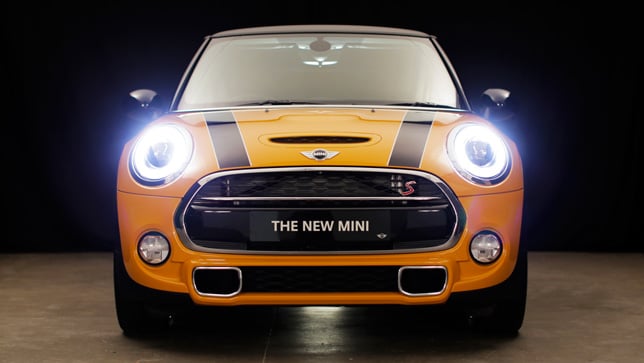Cars of the future could evolve and mutate "like biology"
Dezeen and MINI Frontiers: Alexandra Daisy Ginsberg explains how cars made from biological materials could change and adapt to their environments, which she is investigating for our Dezeen and MINI Frontiers exhibition.

"I'm working with synthetic biologists at Imperial College London, thinking about a synthetic biological car," Ginsberg says. "The exciting part for me is how the material of a MINI might change in a synthetic biological future and how that might change the way we interact and own a car. Does it start to take on design principles that are more like biology, more like evolution, with diversity and mutation?"
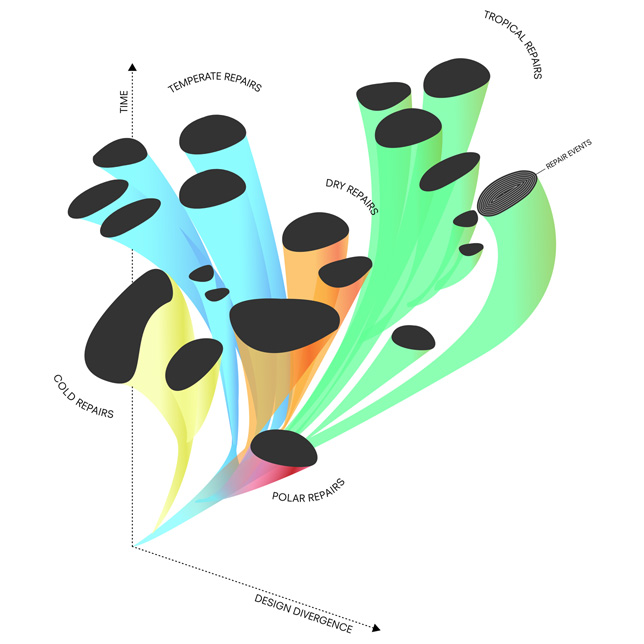
Synthetic biology is an emerging scientific field, which looks at how we can design new materials and structures that behave like living organisms. These materials could be much more efficient and sustainable than traditional materials like plastic or metal, but would fundamentally change our relationship to the objects around us, Ginsberg claims.
Synthetic biological cars, she suggests, could evolve and mutate as they are used and repaired so they become better adapted to their environments, just like living organisms. "My concept is around 'repair ecologies,'" she explains. "Would cars that are repaired in a hot place be different to cars that are repaired in a city full of pollution, or cars repaired somewhere humid?"
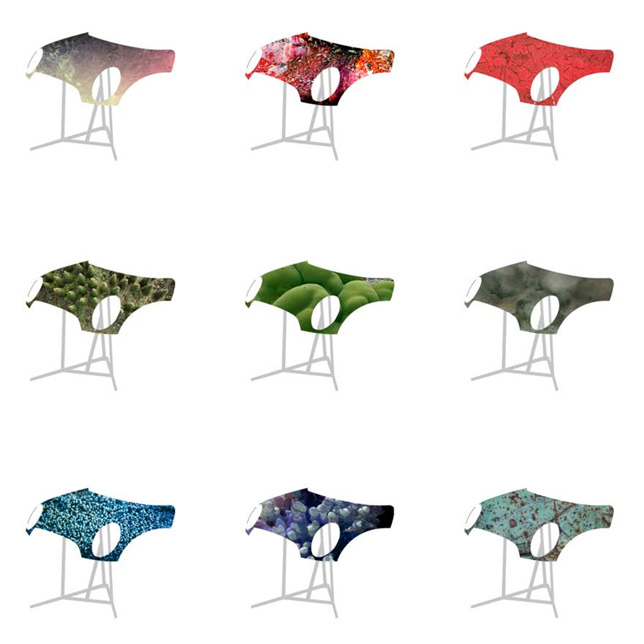
The synthetic biological future Ginsberg imagines might seem far-off, but she says that research into new biological materials is already well underway.
"At the moment there's a lot of research happening around biological plastics, like chitin, which is what's in crab shells," she says. "Designers [are also] working with bacterial cellulose, using kombucha tea to make a kind of plastic that biodegrades very fast."

Ginsberg has experienced other applications of synthetic biology she has investigated becoming reality much more quickly than she expected.
In 2009 she worked with undergraduate students at Cambridge University to design a strain of bacteria called E.chromi, which could change colour in certain conditions.
The team proposed that in the year 2039, a Yakult-like drinking yoghurt containing the bacteria would be available on the market, which would detect diseases in a person's gut by changing the colour of their poo.
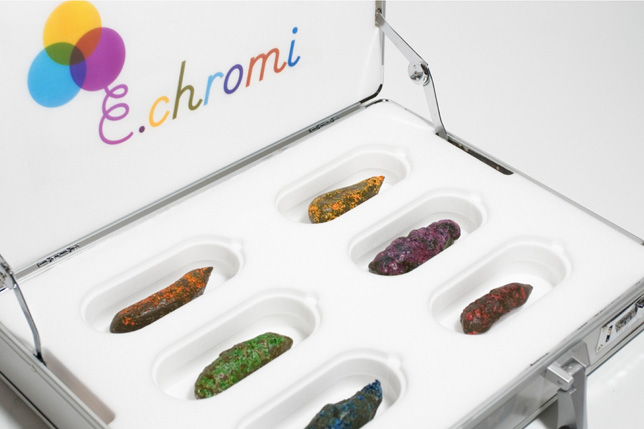
"In the last few months, that technology has come closer to reality, with scientists in America making programmable gut bacteria that can detect and record diseases," she says. "For me it opens up a lot of questions about whether our fiction actually influenced the science. If that is the case, what kinds of fictions should we be designing?"
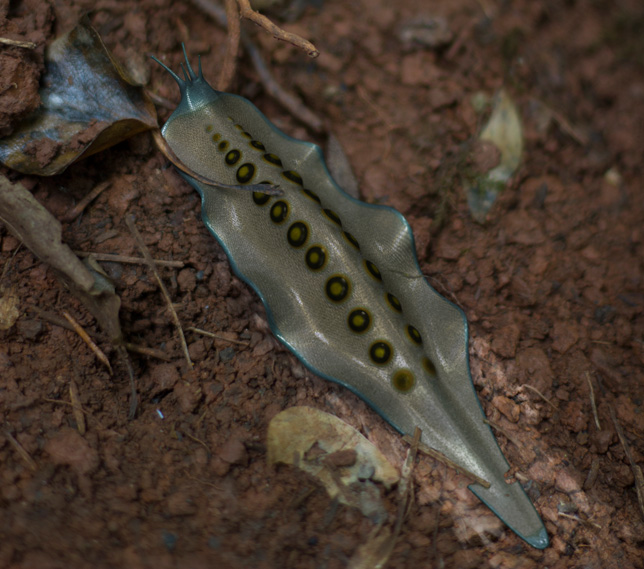
Another "fiction" Ginsberg has designed looks at how synthetic biology could be used to save endangered species.
As part of a project called Designing for the Sixth Extinction, Ginsberg proposed releasing synthetic living creatures into the wild to clean up pollution, disperse seeds and fight diseases.
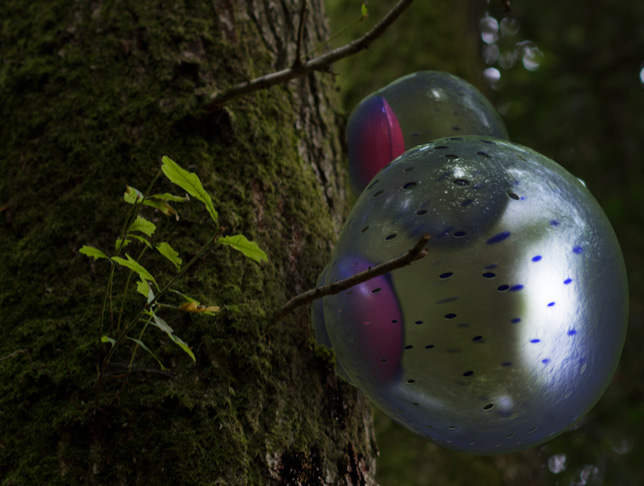
"There's a kind of bio-remediation unit that makes the soil less acid after acid rain, a mushroom that stops sudden oak death by pumping serum into the tree, or a seed disperser that takes the place of extinct mammals," she explains. "Each of these is a kind of biological roving machine that would help preserve nature, but they would operate slightly separately: they'd be made of synthetic proteins and would eat each other in a closed technological ecosystem."
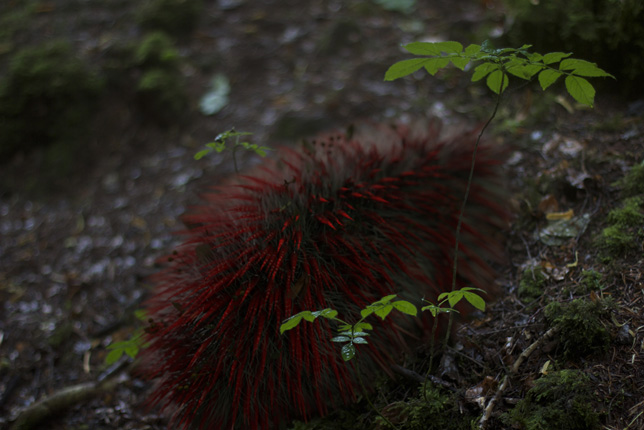
The Dezeen and MINI Frontiers exhibition will take place at designjunction during London Design Festival from 17 to 20 September 2014.
The music featured in the movie is a track called Contemphasic by Bankcee. You can listen to more original music on Dezeen Music Project.
Dezeen and MINI Frontiers is a year-long collaboration with MINI exploring how design and technology are coming together to shape the future.
